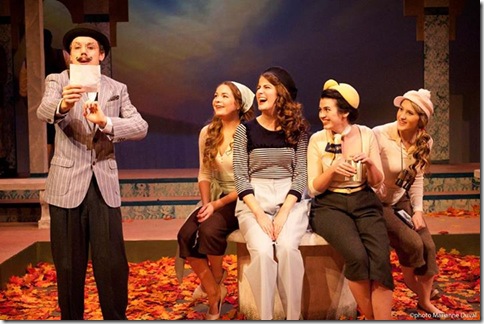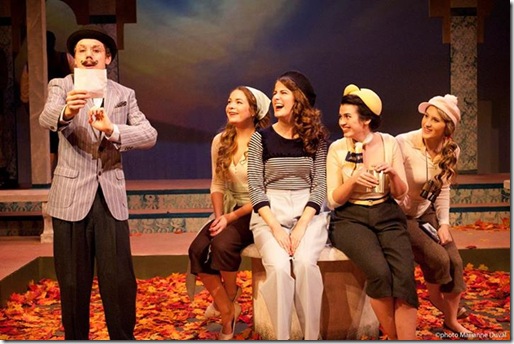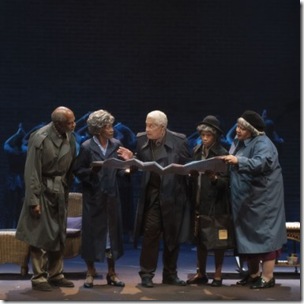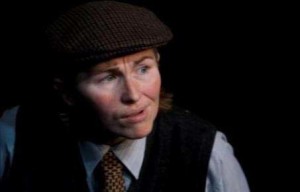Jake’s Gift – GCTC Has A Winner
Jake’s Gift is a memory play. And it’s a meditation on the tragedy and triumph of war — the grief, the loss, the anger and ultimately the healing that in itself constitutes a sort of victory. So it can also have the texture of a mood piece.
But ultimately this lovely, 65-minute one-hander is about the kindness of strangers. The stranger in this instance is Isabelle, a 10-year-old French girl who lives in a village near the Normandy beaches and who, through sheer goodness of heart, changes the life of an elderly Canadian named Jake.
This crotchety old veteran has made a reluctant return to France for the 60th anniversary of the D-Day invasion. And he seems the quintessential sour-puss — profane and resentful over even being there, yet also consumed with guilt over his failure to have come back sooner.







